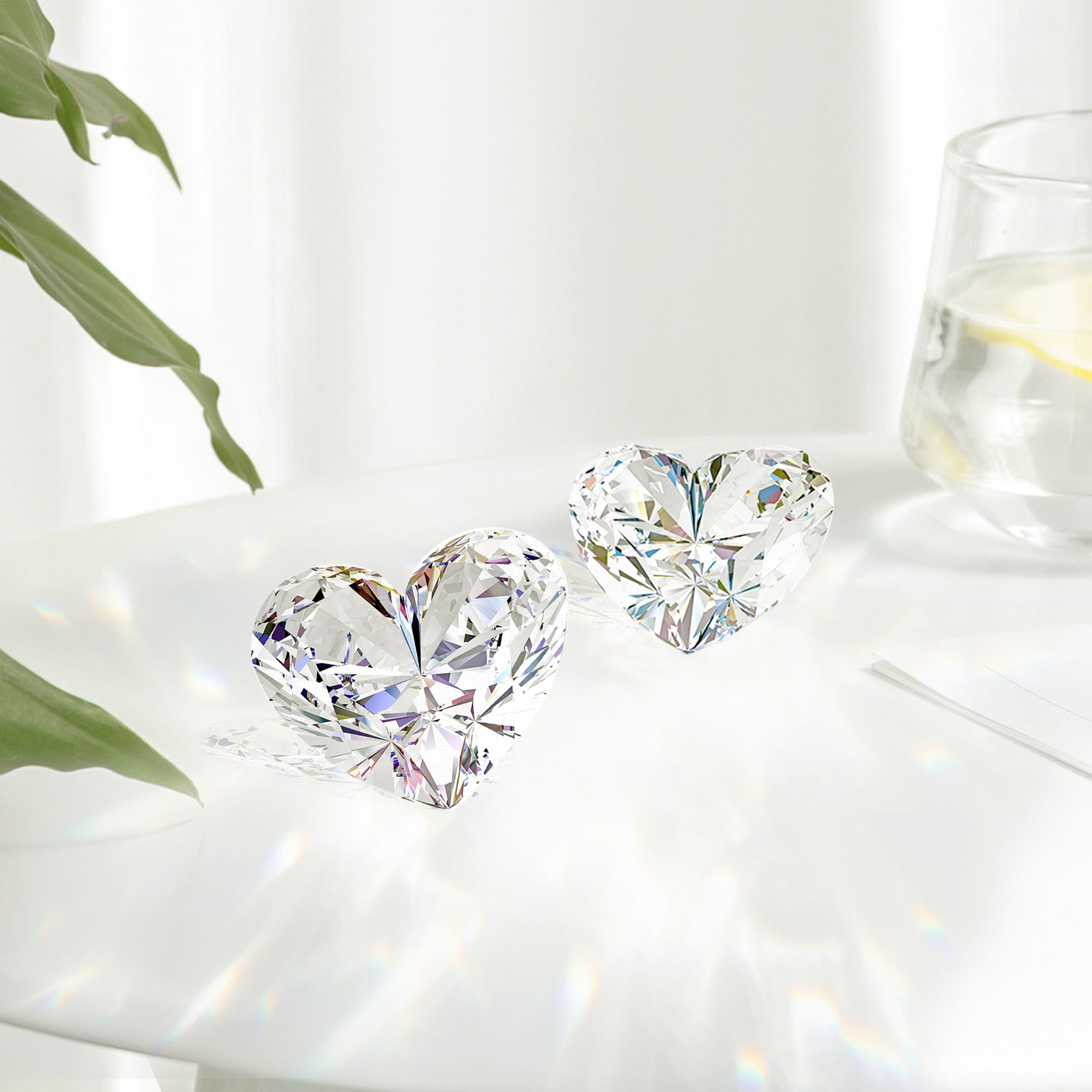Lab-grown diamonds, also known as cultured diamonds, are manufactured in laboratories, possessing identical physical, chemical, and optical qualities as mined diamonds. With efficient technological production, lab diamonds are available at a fraction of the cost. This raises the question -do lab-grown diamonds have value?
The Diamond Industry Perspective
The diamond industry has historically marketed natural diamonds as extraordinarily rare and valuable. Scarcity in nature is intrinsic to their luxury status. Mined diamonds are positioned as precious stones that symbolize commitment and serve as family heirlooms.

Lab-grown diamonds disrupt this narrative through abundant supply enabled by technology. The mined diamond industry initially dismissed lab diamonds as "fake" and subpar imitations unworthy of luxury branding. However, with rapid improvements in production technology and scaling volume, lab diamonds have become a credible alternative for consumers. As public awareness and acceptance grow, consumer value perceptions around lab diamonds may gradually evolve.
Pricing and Cost Comparisons
Today, a comparable quality lab-grown diamond costs approximately 30-40% less than a natural diamond. However, production costs continue to fall as lab diamond technology gets more advanced and efficient. Some industry experts predict that the price gap between natural and lab diamonds will narrow to around 10% over the next decade.
For budget-conscious consumers, lab-grown diamonds present an affordable certified option to buy diamond engagement rings or other jewelry.
The lower retail prices of lab diamonds compared to mined diamonds do not inherently mean they lack value but rather reflect the technological efficiency and volume scalability of the manufacturing methods as opposed to geological rarity and limited supply.

The Resale Value of Lab-Grown Diamonds
Mined diamonds have a decades-long track record of retaining resale value in secondary markets. Diamonds are considered a traditional investment asset class due to their scarcity and demand. As a relatively new category, questions persist around whether lab-grown diamonds will hold their value consistently over generations.
However, resale markets for lab-grown diamonds are slowly developing. Certified lab diamonds sold by reputable brands have initially succeeded in retaining value on resale. As market awareness and acceptance expand, lab diamonds may gain broader recognition as a standard investment-grade diamond asset. Some lab diamond companies now offer buy-back programs after specific periods, aiming to inspire consumer confidence in consistent value retention.
Gemological Integrity
Optically and physically, lab-grown diamonds are identical to mined diamonds. They exhibit the same exceptional hardness, brilliance, dispersion of light, and crystal clarity. Under standard gemological examination and testing, even expert gemologists generally cannot distinguish a high-quality lab diamond from a mined diamond without specialized equipment.
Over the past decade, ongoing advances in lab diamond production methods using technologies like CVD and HPHT have brought gemstone quality ever closer to the finest mined diamonds. For example, the highest quality natural diamonds are rated colorless, with color grades of D-F on the GIA scale, and are flawless internally, rated IF for clarity. The best lab-grown diamonds can now reliably achieve these premium colorless grades and flawless clarities during manufacturing.

Additionally, new techniques allow lab diamonds to consistently achieve very high color and clarity grades across larger carat sizes. In contrast, natural diamonds have more flaws and imperfections at higher carat weights. This demonstrates the technological mastery of lab diamond production to replicate nature's conditions and confer exceptional gemological integrity.


Leave a comment